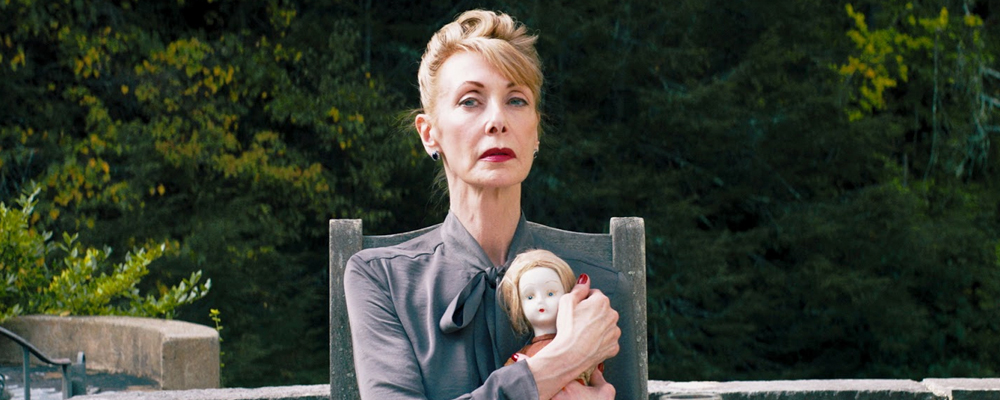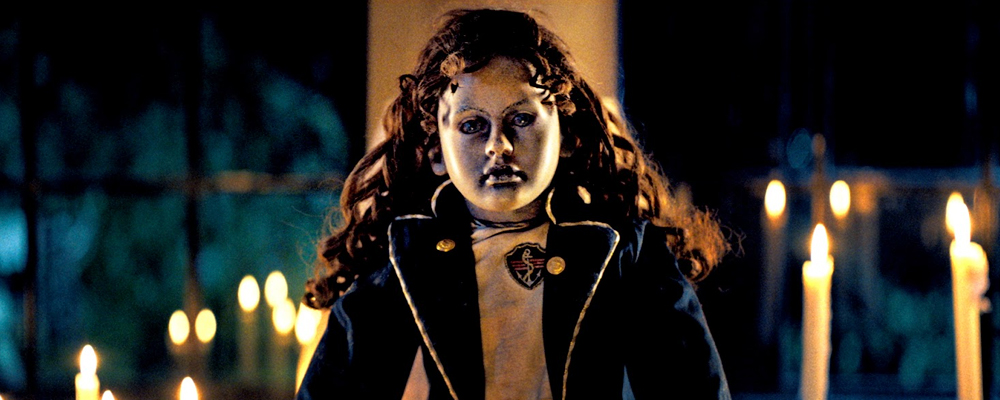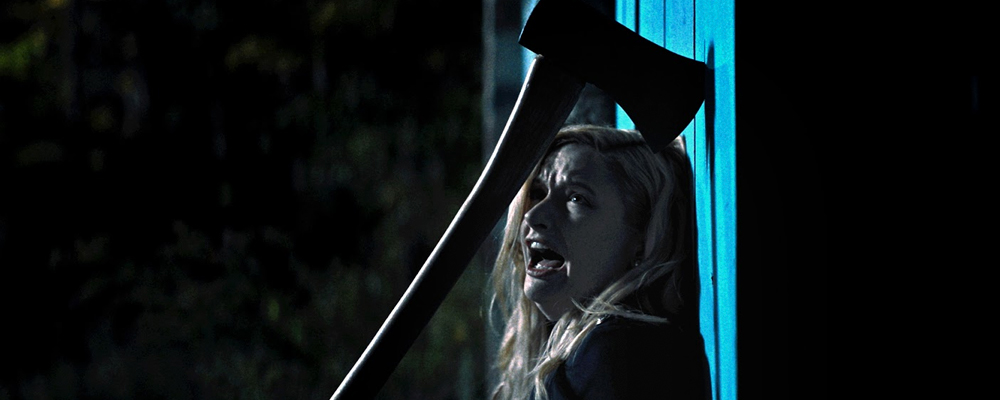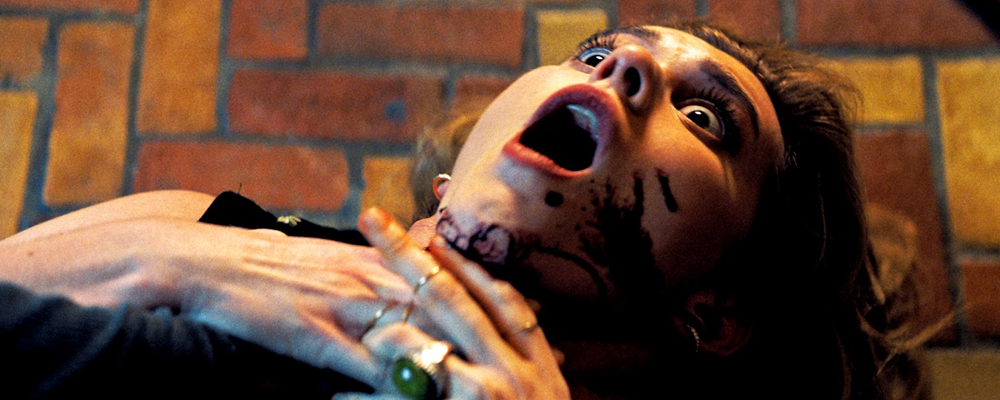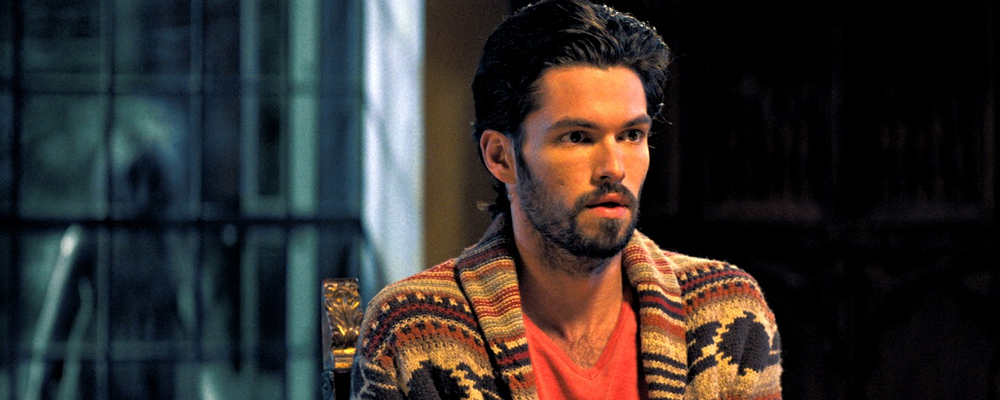Director of ‘Dementia 13’ Remake Explains Why He Hacked at a Lost Gem
Tony Sokol
Low budget films are getting their due lately. The short-lived Syfy series “Blood Drive” paid homage to a different “Grindhouse” movie every week. Now Francis Ford Coppola’s quickly made B-movie debut is being given the same kind of reboot that horror classics have had for years.
“I grew up on those movies,” “Dementia 13” remake director Richard LeMay told Entertainment Voice. “I always thought they were a fun ride.”
Coppola had only made nudie films before he mixed horror genres on the backlot of American International Pictures’ “The Young Racers.” The future director of “The Godfather” and “Bram Stoker’s Dracula” was given the money that was left over from the first picture, and use of actors William Campbell and Patrick Magee, with instructions to make a movie like Alfred Hitchcock’s “Psycho.” What Coppola came up with was considered a gorefest at the time, an early slasher film lacking atmosphere.
Richard LeMay’s remake of “Dementia 13” has the creaking doors, the misty backgrounds and the subliminal sounds of ghostly goings on. Castle Haloran is haunted by the living and the dead, and sometimes it’s hard to tell them apart.
In so many ways, the remake of “Dementia 13” is a mess. But so is the source material. LeMay, who made “Blood Bound” and “Naked As We Come,” is very respectful to the spirit of the 1963 nowhere-near-a-classic film.
“I think walking into this project, everyone wanted to respect the original as much as we could,” LeMay says. “I personally am a huge fan of Francis Ford Coppola. He’s a legend and I think I knew I wasn’t going to out-do him, so my intention was to honor the original as much as possible. I think this remake is an homage, rather than trying to re-invent it.”
Francis Ford Coppola was just learning how to be a filmmaker when he enrolled in the greatest movie school of the time: Roger Corman’s productions. They shot on a shoestring budget without time to tie the laces together. LeMay took a film that was part ghost story, part ax murderer spree, and part psychological breakdown allegory, and gave it color and beautifully framed photography. The movie actually makes a little more sense than the original in terms of logic.
In the original film, the wife tries to save the husband who gives himself a heart attack rowing the little boat in a suit and tie, while listening to rockabilly on a transistor radio, here the couple is roughly the same age, and the John Haloran (Christian Ryan) is an abusive husband. We almost empathize with the killer in both. The remake resembles Hitchcock’s “Psycho” most closely when the evil, gold-digging murderess Louise, played by the very toned Ana Isabelle (“The Eyes,” “Lost Cat Corona”), is hacked to death in the first fifteen minutes of the movie. This disrupts the audience’s focal point, just as we’re getting used to her physique.
“I did not intentionally pull from Hitchcock,” LeMay says. “I used the original ‘D13’ as a jumping off point and took references from movies like ‘Burnt Offerings’ and ‘The Others’ in regards to the gothic, desolate feel of the film.”
Channing Pickett can take her place as one of the great Scream Queens on lung capacity alone. Rose Haloran spasms, shudders, shakes, rattles and rolls with abandon into the fear. She is fully surprised at every emerging danger, as they come on fully unexpectedly in her eyes. She can maintain that level of terror even as she is being dragged away to her doom. Pickett throws more than just her voice into her screams. They get full-bodied attention.
“That scream comes as naturally as a whisper to Channing,” LeMay says. “I think that overall, we worked on character development. She’s a real pro and was down to get under Rose’s skin, so to speak. So when those situations come up that require a scream, she was fully invested. One night she did lose her voice though.”
There are some fairly impressive gore effects, including the ripping off of the ax-murderer’s half-blown away face. While a lot of the atmosphere is effective, such as the blood of the murdered priest staining the hardwood floor, the film leaves a lot of unfulfilled promise. The castle has a network of tunnels running under it. The concept is introduced and dropped, along with any suspense coming from below.
“I wanted to use the castle as another character,” LeMay says. “It was important to shoot it in a way that was foreboding and offered more questions than answers. The exterior of the castle was so full of texture and grandeur, that it was impossible to not make it look beautiful, due in large part to cinematographer Paul Nicholls.”
In-jokes abound. A scene where car windows fog up in the emerging supernatural cold while the child-ghost Kathleen garrotes someone from the backseat looks eerily like the killing of Connie Corleone’s husband in “The Godfather.”
“Good eye,” LeMay grins. “Yes. There are a bunch of nods to the original film as well as Francis Ford Coppola in this movie. I hope the fans are able to pick them out and enjoy them.”
“Dementia 13” works best as a ghost movie. All of the elements of hauntings are in full view, rooms get cold enough during apparition appearances that people’s breath is visible, there is spooky writing on car windows, the closing sequence’s ghostly conversation plays as subliminal mind-fuckery as the audience begins to question whether John is hearing his long-dead sister’s voice telling him how much she taught him or whether he’s imagined it all for himself. This goes directly against the very physical evidence of spectral phenomena his mother and two sisters witnessed, and commented on, only moments before.
The Haloran matriarch, Gloria (Julia Campanelli), worries that Kathleen, the young daughter who drowned under mysterious circumstances when she was six years old, will never let her family leave until all family business is cleared up. The screenplay, written by Dan DeFilippo (“The Invaders, “Chilling Visions: 5 States of Fear”) and Justin Smith (“SiREN,” “The Boy”), merges the essence of a psychological thriller with the suspense of a slasher film, but leaves enough confusion behind to give the audience PTSD. The film declutters the psychic debris at the last moment, only to leave the psyche aching for missing parts.
“Dementia 13” is a horror hybrid. “Entertainment Voice” wondered whether it would be considered a ghost movie with an ax-murderer as a character or a slasher film with a ghost.
“Definitely a ghost story with an ax-murderer,” LeMay says.
It’s not only iconic films once considered definitive that are being remade in the box office feeding frenzy. Entire monster franchises have been reanimated to capture a ready-made audience.
“I honestly don’t understand most remakes of classic films that are so widely known,” LeMay says. “I never saw myself doing a remake until this project came to me. But when you see a film that maybe was underserved due to budget or time constraints, you see where that could maybe be brought to the modern era and appreciated not only for what I bring to the project but what the original filmmaker wanted in the first place.”
Remaking classic films is a Hollywood cliché, but they are not a natural resource that will never run out. The remaking of “Dementia 13,” along with Syfy’s valiant attempt to rebirth low-budget exploitation films, could be the beginning of a cinema movement to revive relatively unknown works.
“I don’t know really,” LeMay admits. “To be honest, I had never heard of ‘Dementia 13’ until I was brought in to talk to the writers. I watched it and thought, ‘This is so cool.’ You really see the genesis of Coppola’s genius. But in the broader sense, I think some of these more obscure movies are more interesting to remake because you can re-introduce them to a whole new generation.”
So does the director of supernatural thrillers who revived old celluloid specters believe in ghosts?
“I believe that there are many things in this universe that I don’t understand,” LeMay says. “I’d like to believe in ghosts and I know people who swear they’ve had experiences with the supernatural. Who am I to discount anyone?”
“Dementia 13” hits theaters Oct. 6 and will be available on VOD and Digital HD Oct. 10.

